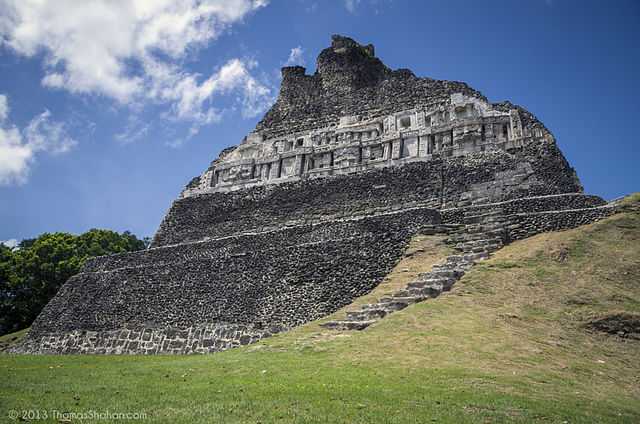Perched atop a ridge overlooking the Mopan River, Xunantunich is one of Belize’s most accessible and impressive Mayan archaeological sites. Located in the Cayo District, this ancient city, whose name means “Stone Woman” in the Mayan language, is a testament to the architectural prowess and complex societal structures of the Mayan civilization.
Get your dose of History via Email
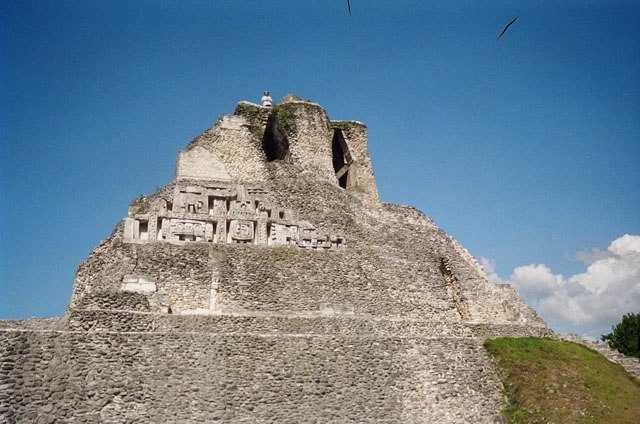
Historical Background
Xunantunich was a significant Mayan center during the Classic Period (AD 200-900). The site was first occupied around 600 BC, but most of the construction took place in the period from AD 200 to 900. The city was a ceremonial center, with its peak population estimated to be around 200,000. The civilization that built Xunantunich was the Maya, a highly advanced society known for their achievements in writing, mathematics, astronomy, and architecture.
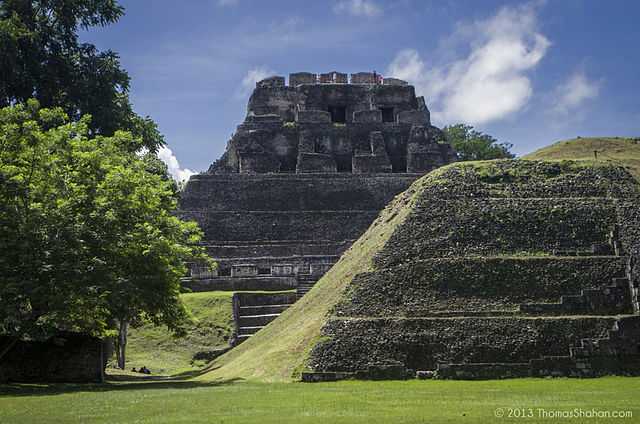
Architectural Highlights
The core of Xunantunich occupies about one square mile (2.6 km2), consisting of a series of six plazas surrounded by more than 26 temples and palaces. One of its most striking structures is El Castillo, a pyramid that rises 130 feet (40 meters) above the main plaza and is the second tallest structure in Belize. The pyramid was constructed using a combination of limestone and other local materials. The limestone was quarried from nearby river valleys and transported to the site, a testament to the Mayans’ engineering skills. The pyramid’s friezes, carved with representations of Mayan gods and other symbolic elements, are a highlight of the site.
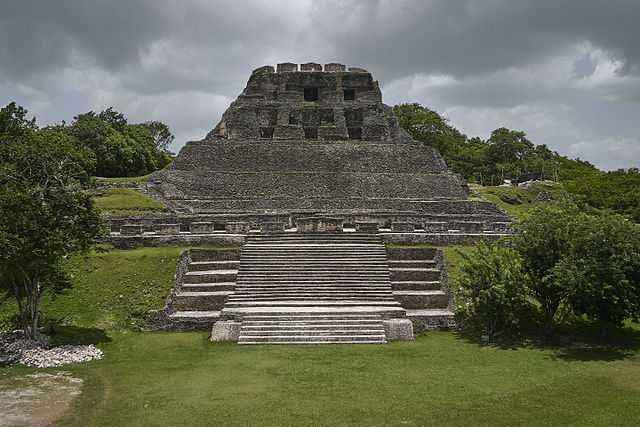
Theories and Interpretations
Archaeologists believe that Xunantunich was a ceremonial center due to the large number of temples and the presence of ball courts, where ritual games were played. The site’s location, high above the river valley, may have had strategic and symbolic significance. The dating of the site has been done using a combination of ceramic typology and radiocarbon dating. The friezes on El Castillo are believed to represent the cosmic forces as understood by the Mayans, with the sun god, moon goddess, and the god of rain and lightning prominently featured. The site’s abandonment around AD 1000 is still a mystery, with theories ranging from overpopulation to environmental degradation.
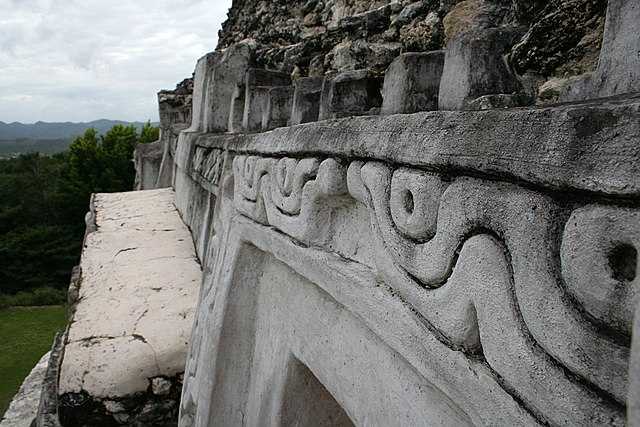
Good to know/Additional Information
The name Xunantunich, or “Stone Woman,” refers to a local legend of a ghostly woman dressed in white with fiery red eyes, who is said to have appeared to several individuals at the site. The site is also known for its excellent on-site museum, which houses a collection of artifacts found at Xunantunich, including ceramics, jewelry, and obsidian tools. The site’s accessibility, combined with its impressive architecture and rich history, make it a must-visit for anyone interested in the Mayan civilization.

